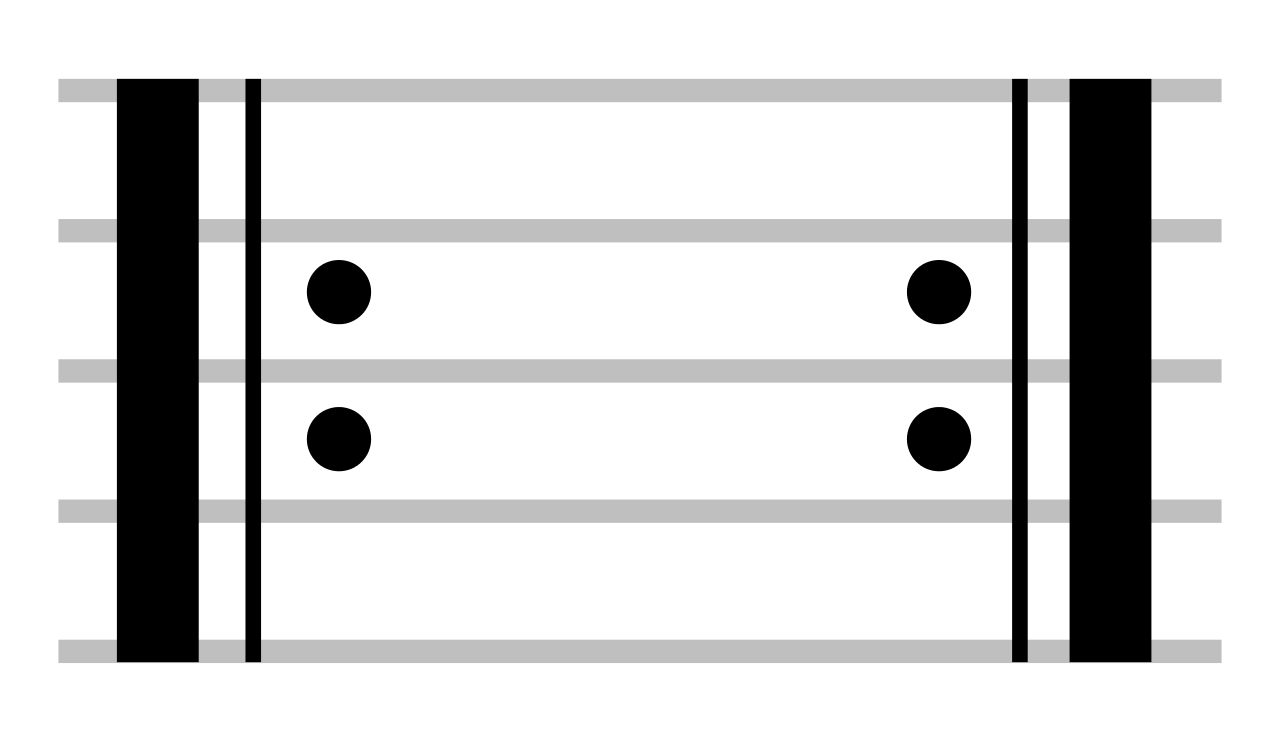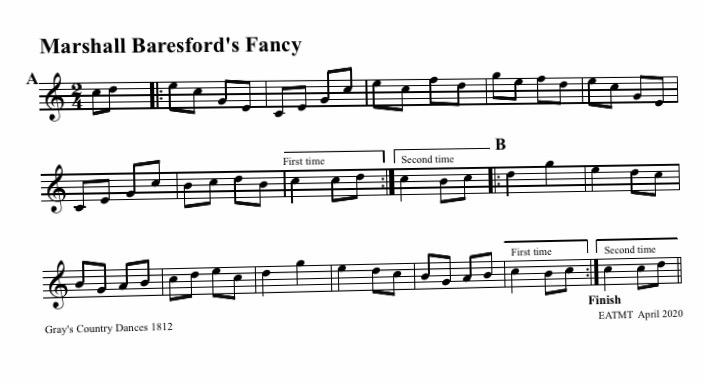During 2020, and in particular, days of Lockdown, attention has turned to the website. In general the ability for the masses to access the many online resources that are out there has been vital in keeping spirits raised and communication going. As a result, we have turned our attention to some of the Trust archives and hope that we can share more with you and make where possible more tunes accessible for people to play.
The Gray’s Tune Book from Bury St Edmunds was included back in 2012 on the Trust website after original Co Director Katie Howson researched into this book. Lockdown days have enabled these tunes to be worked on further, changed into even more friendly keys to play in and they are now presented not only visually, on the screen, but with a free downloadable pdf of the music and the option to listen to a sound clip of each tune.
Additional East Anglian collections are being worked on currently, thanks to Alan Helsdon who has spent numerous hours visiting the Norfolk Heritage Library and Strangers Hall and conducting research. Alan has very generously donated his time in research and his findings so that these can be made accessible to more people.
For the moment, whilst we try and seek funding to help rebuild the website so that it can hold more archives that are accessible to all, the sound clips will just be of each A tune and B tune once – that is, without the repeats. If successful with funding, this will be revisited and a full version of each tune will be included as a sound clip.
The following collections/tune books are available to view on the EATMT website:
The Bolingbroke Collection
Gray’s Tune Book
John Brown’s Tune Book
George H Watson’s Tune Book
Some notes on the theory
If you are not accustomed to reading music, the following direction may help therefore whilst the full tune is not available to listen to:


The A tune of the Marshall Baresford’s Fancy (above) starts right after the 2/4 (time signature). The first full 8 bars take you up to the repeat sign in the middle of the second line. Above this bar/measure is written First Time with a horizontal line covering that one bar. You play all of this up to the repeat sign and then go back to the repeat sign at the (almost) start of the first line. You don’t play again the first two notes of the tune, which are outside of the repeat sign. instead, those two notes have just been played at the end of the first 8 bars.
Play the tune again and this time, you don’t play the notes in the bar that has First time and the horizontal line written above it, instead you skip that bar and play the bar that says Second time with a horizontal line above.
This is now the B tune. This time you get almost to the end of the final line and when you get to first time bar, you repeat the section that starts after the repeat sign on the second line where the letter B is. Again, as you approach the final few notes of the tune, you then ignore First Time and go instead straight to Second time. Then you start the tune all over again, only finishing on the note where it says Finish when you’re ready to stop. With the repeats, this is a 32 bar tune. It’s easier to not have to write it all out in full, hence the use of repeat signs.
Sometimes, the horizontal line will cover more than one measure/bar so here you apply the same rules as above but for as long as the line indicates.
If it is helpful to put more “theory” tips on this page, please get in touch. People learn tunes in different ways and we will endeavour to cater for those differing ways in order to enable these tunes to be played by more people.